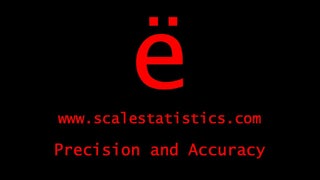Chi-square assumption
The chi-square assumption means at least five observations must be in every cell of the 2x2 table
There is one primary statistical assumption for chi-square analysis. The chi-square assumption stipulates that there has to be at least five observations in each cell of the 2x2 table associated with the analysis. When the chi-square assumption is violated, then a Fisher's Exact Test is the correct statistical test to use.
The unadjusted odds ratio with 95% confidence interval is still the primary inference, regardless of using a chi-square or Fisher's Exact test. The p-value yielded from the statistical tests is not interpreted due to the lack of precision and accuracy in measurement and sampling error, especially with smaller sample sizes. The width of the 95% confidence interval determines the precision and accuracy of the inference yielded from these statistics.
The unadjusted odds ratio with 95% confidence interval is still the primary inference, regardless of using a chi-square or Fisher's Exact test. The p-value yielded from the statistical tests is not interpreted due to the lack of precision and accuracy in measurement and sampling error, especially with smaller sample sizes. The width of the 95% confidence interval determines the precision and accuracy of the inference yielded from these statistics.
Chi-square assumption and applied statistics
Hire A Statistician
DO YOU NEED TO HIRE A STATISTICIAN?
Eric Heidel, Ph.D., PStat will provide you with statistical consultation services for your research project at $100/hour. Secure checkout is available with Stripe, Venmo, Zelle, or PayPal.
- Statistical Analysis on any kind of project
- Dissertation and Thesis Projects
- DNP Capstone Projects
- Clinical Trials
- Analysis of Survey Data
